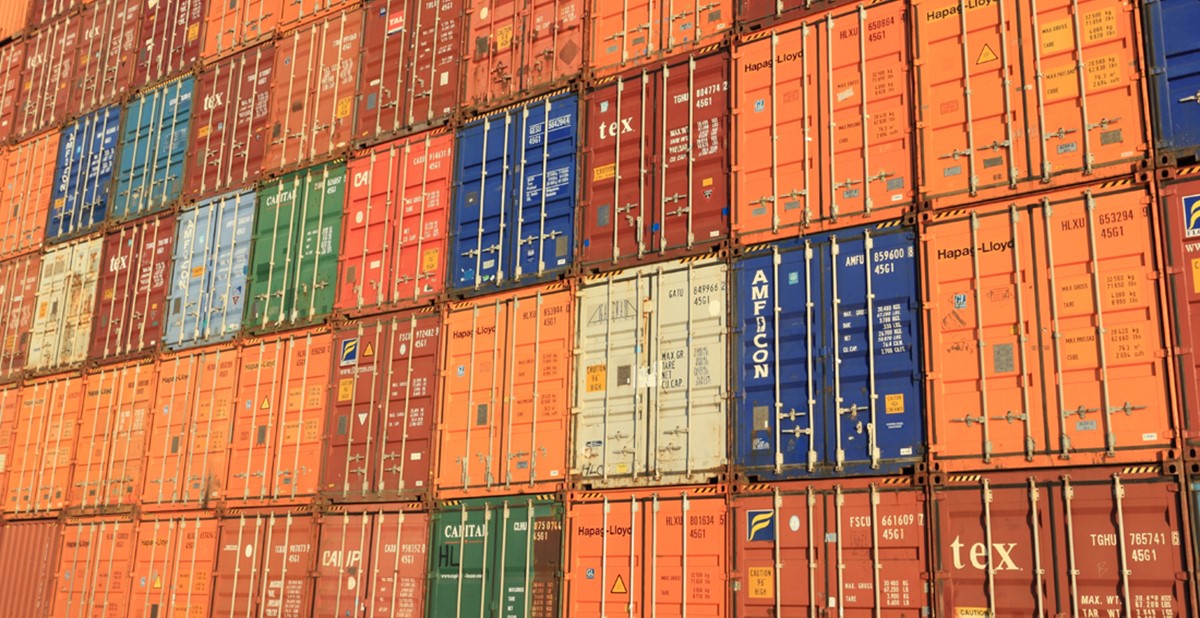Why China Removing Lockdowns May Not Instantly Cure Supply Chain Woes

The strict lockdowns implemented in Shanghai—home of the world’s largest container port—to stop the spread of COVID-19 have sent ripples through the global supply chain as many truckers and warehouse workers were forced to stay home and facilities closed.
China’s controversial zero-COVID policy is stagnating one of world’s most dynamic economies. The slowdown is raising concerns among the business community, and when the lockdowns eventually end, shippers question how a return to regular operations will aggravate existing congestion issues or cause further disruptions.
Background: China has been struggling with a significant COVID wave since March. Under the country’s controversial zero-COVID policy, some areas and regions, including Shanghai with its 25 million residents, have kept people confined to their homes. No let-up is in sight.
The lockdowns are also affecting the country’s economy. Its export growth, measured in U.S. dollars, fell from 14.7% in March to 3.9% in April—the weakest level since June 2020. While the port of Shanghai continues to operate, more than 90% of truckers are unable to work because of the restrictions. This has slowed the pick-up of cargo at the port, contributing to a 75% increase in container dwell time since the lockdowns began.
The trucking link in the supply chain has been the most affected by the shutdowns in the country. Local officials’ transportation prohibitions have not only kept containers stuck on Chinese ports, but left goods and components stranded at factories and distribution hubs. When the lockdowns are lifted, some observers expect it to take weeks or months before international shipping returns to normal.

Expectations Differ: Some observers liken the production and transportation roadblocks in China as a bubble waiting to burst. As factories get back to work and the ports resume their normal pace of operations, shipping rates are expected to climb dramatically and trucks and ships will be fully booked for weeks or months to come as everyone works to make up for the lull.
Bjorn Vang Jensen, vice president for advisory services at Sea-Intelligence, a Danish analytics firm focusing on container trade, told the Wall Street Journal, “It’s going to be a mad dash to get cargo out of Shanghai quickly.”
While Shanghai alone accounts for almost a quarter of the containers heading to the U.S. and Europe, not all shipping executives are convinced a reopening will further overwhelm the supply chain. Shippers have been dealing with existing congestion issues for several months now:
- Many shipments are still being directed to the U.S. East Coast or other ports.
- Several large importers have been maintaining elevated inventory levels to avoid shortfalls.
- Experiences and services are capturing a larger share of consumer demand, reducing the need for goods.
Port of Los Angeles Executive Director Gene Seroka noted last week during a media briefing that despite COVID-19 lockdowns in parts of China, there has been no dramatic change in the amount of vessels or cargo leaving China. Seroka said, “While conditions could change. I don’t foresee a bust coming in Trans-Pacific trade. More likely, we may see a lull in volume with a fairly quick bounce back when the lockdowns end.”
Business’s Mood Cools: The business community is losing confidence in China’s COVID response. In a survey released this month by the American Chamber of Commerce in China (AmCham China), 100% of respondents reported business impacts due to China’s response to the latest outbreak, and more than half (52%) have either delayed or decreased investment because of it.
NEW AmCham China Flash Survey: US Business Confidence in China Shaken Amid Growing Impact of COVID-19 Outbreaks
— AmCham China (@AmCham_China) May 9, 2022
Download the full report: https://t.co/ZbjiV0GyvV pic.twitter.com/rQmtAQnmOG
- The survey found that among those with Shanghai operations, 15% had yet to reopen following the March outbreak.
- Across all regions, 59% of respondents report slowed or reduced production capabilities due to a lack of employees, an inability to get supplies or government ordered lockdowns.
- The outbreak has also led 58% of those surveyed to decrease 2022 revenue projections—up from 54% in a similar survey in April.
China’s hardline zero-Covid stance clouds outlook of US$9.6 trillion market https://t.co/8IhgxdIXTX
— South China Morning Post (@SCMPNews) May 9, 2022
“Revenue forecasts for this year are down, but, more worryingly, members don’t see any light at the end of the tunnel,” says AmCham China Chairman Colm Rafferty. “American companies have played an integral part in China’s economic rise in a way that has benefited both the US and Chinese economies.
“However, as long as the current pandemic-related restrictions remain in place, multinational companies will continue to evaluate other options globally: More than half of our companies have already either delayed or decreased investments in China.”

